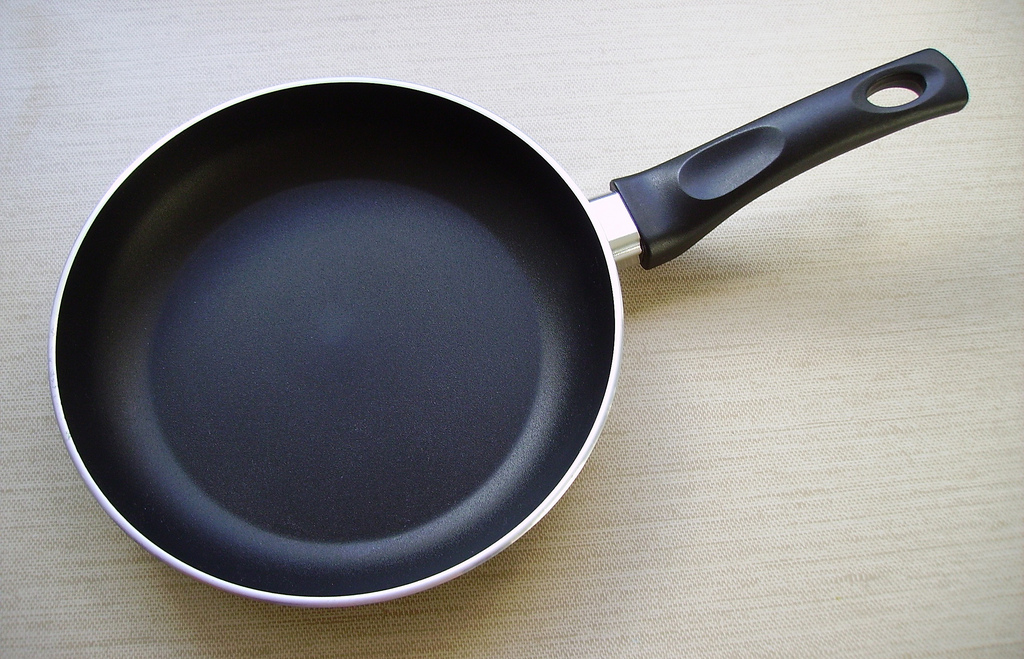
Non-Stick Chemicals Contaminate Breast Milk
The average US baby is born with 200 industrial chemicals and other pollutants in its umbilical cord blood. Among them are poly- and perfluoroalkyl substances (PFASs), which are widely used in non-stick cookware, stain-, and water-repellant clothing, carpets, fabrics, and more.
A baby's umbilical cord blood will typically have one-third the PFAS concentration of its mother, but the levels increase significantly as the child is breastfed, new research shows. The study is the latest to show that common consumer chemicals are now contaminating what would otherwise be the healthiest food for babies on the planet.
September 9, 2015 | Source: Mercola | by Dr. Mercola
The average US baby is born with 200 industrial chemicals and other pollutants in its umbilical cord blood.1 Among them are poly- and perfluoroalkyl substances (PFASs), which are widely used in non-stick cookware, stain-, and water-repellant clothing, carpets, fabrics, and more.
A baby’s umbilical cord blood will typically have one-third the PFAS concentration of its mother, but the levels increase significantly as the child is breastfed, new research shows. The study is the latest to show that common consumer chemicals are now contaminating what would otherwise be the healthiest food for babies on the planet.
Breastfeeding Leads to Increased Levels of PFASs in Infants
Research published in the journal Environmental Science & Technology revealed that a baby’s blood concentration of PFASs increases by 20 percent to 30 percent each month they’re breastfed.2
Earlier research has also found the chemicals may decrease the effectiveness of vaccines. Among 7-year olds with the highest concentrations of PFASs, levels of tetanus and diphtheria antibodies were about half those found in children with average PFAS levels.3
Study co-author Dr. Philippe Grandjean, an adjunct professor of environmental health at the Harvard T.H. Chan School of Public Health in Boston, told Medicine Net:4
“This is absurd. We’re trying to prevent diseases by vaccinations, and we also are encouraging mothers to breast-feed because human milk is the ideal nutrition for the child, and the child’s immune system is also stimulated by components of human milk…
And now we’re finding that there are contaminants in the milk that have the opposite effect of breast milk that are decreasing the impact of childhood immunizations.”
Unfortunately, Dr. Grandjean’s proposed solution to the problem is a disaster in the making. After declaring there’s “no way that young women can actively prevent” exposures to PFASs (which is true to some extent since the chemicals are so pervasive, but there are some steps you can take), he then suggests breastfeeding guidelines should be re-visited.
Rather than recommending women breastfeed exclusively for six months, and continue for two years or more, as is advised by the World Health Organization (WHO), Dr. Grandjean recommends exclusive breastfeeding for just three or four months!5
How about getting these toxic chemicals out of consumer products instead, so women don’t have to worry that their breast milk is becoming contaminated? Encouraging women to cut back on breastfeeding is misguided, as breast milk still remains the best food for most babies, period. This isn’t to say that PFASs aren’t dangerous, however.
